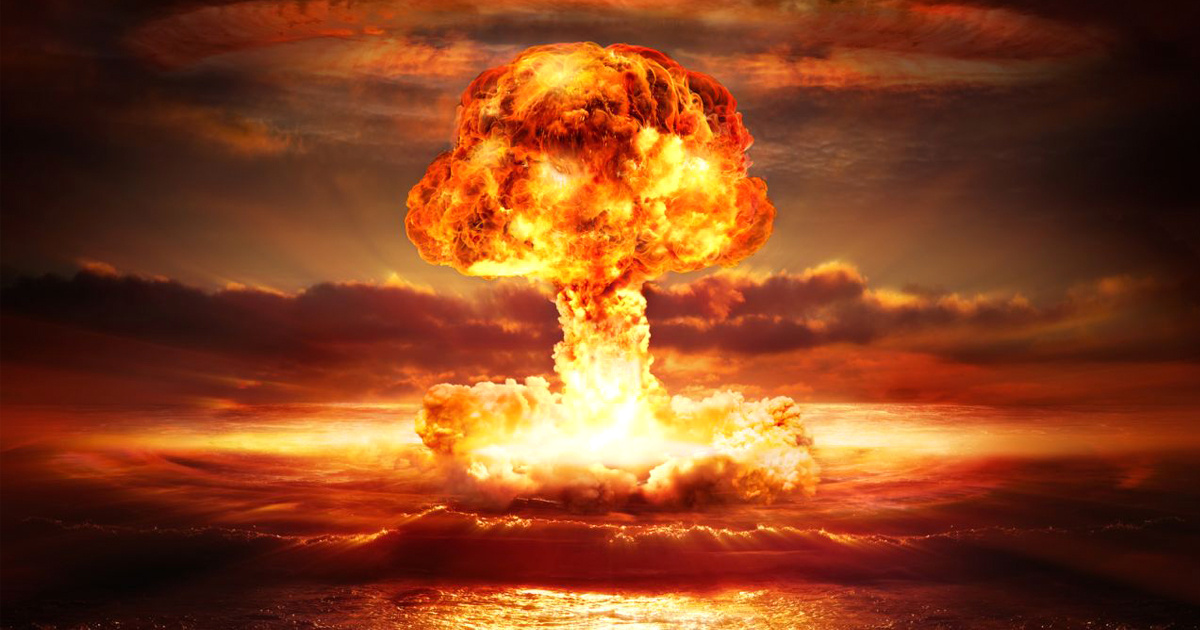

iStock
By Tim Radford
Four U.S. scientists have just introduced one more good reason not to launch a nuclear war. It would not simply guarantee the mutual destruction of the participants. It would also precipitate catastrophic climate change.
And, they argue in the journal Environment Magazine, even a single nuclear missile strike could darken the skies, chill the atmosphere, stop rainfall, ruin harvests and cost a billion lives.
Observers with memories that stretch back to the Cold War and the arms race between the U.S. and the North Atlantic Treaty Organization (NATO) powers on the one hand and the USSR on the other will know something of this already.
In 1983 the astronomer Carl Sagan and colleagues introduced the idea of global annihilation or at least the end of human civilization, in a “nuclear winter” as a consequence of a nuclear weapons exchange.
Years later, as the Soviet Union collapsed and the Russian Federation was born, the same scientists did their calculations again, and reduced the threat to a kind of “nuclear autumn.”
Nuclear Club
Eight nations now possess a nuclear arsenal; the US, Russia and China all have nuclear weapons big enough to precipitate a nuclear calamity, and a ninth, North Korea, now claims to have nuclear capability.
This prompted researchers and political scientists from the University of Nebraska Lincoln to revisit the question, based on a theoretical study of the effect of one hundred 15-kiloton warheads, with the explosive power of 150,000 tons of TNT.
Once exploded, such a strike would incinerate 1,300 square kilometres of a city and its surrounds. This would be quite enough to push five million metric tons of black carbon smoke particles into the stratosphere.”
This would be enough to screen solar radiation, reduce the agricultural crop season by between 10 and 40 days a year for at least five years, and lower global temperatures to a point lower than normal for at least 25 years.
In the very short term, this cold snap would be colder than anything for the last 1,000 years. Rainfall would decrease by as much as 20 percent to 80 percent in the Asian monsoon region.
The American southwest and western Australia could become 20 percent to 60 percent drier. South America and southern Africa, too, would see less rain. This global “nuclear drought” and the resulting famines “could kill up to a billion people from starvation.
The most immediate victims would be those in countries that are already poor or food-insecure. And, the scientists warn, should a warhead fall upon a nuclear power facility “the spread of toxic radionuclides and their long-term effects would be greatly magnified.”
The drop in precipitation would, they warn, also increase conflict in developing regions, “although global temperature reduction may reduce social violence in the United States and other developed countries.”
“We’re losing our memory of the Cold War and we’re losing our memory of how important it is to get this right,” said Tyler White, a political scientist concerned with international security and nuclear policy and one of the authors.
“Even a conflict that doesn’t involve the United States can impact us and people around the world.”
Reposted with permission from our media associate Climate News Network.

 233k
233k  41k
41k  Subscribe
Subscribe 